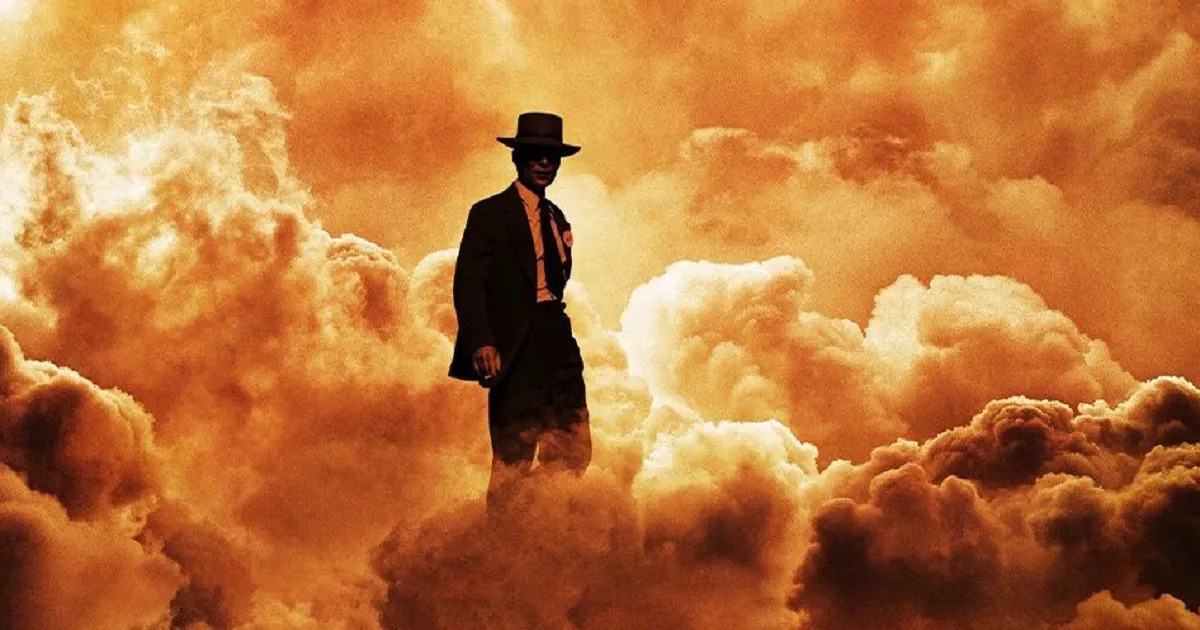‘Oppenheimer’ Is Not on the Oscars Visual Effects Shortlist, and People Are Big Mad

Christopher Nolan’s Oppenheimer was one of the biggest film hits of the year and received almost universal acclaim from critics and audiences. Naturally, everyone is pretty mad right now that the film was reportedly snubbed in the Oscars’ Visual Effects shortlist.
Alright, you can pick your jaw up from the floor now. One of the most visually impressive movies of the year was somehow not good enough for the Academy. As The Independent reports, the VFX shortlist was revealed a few days ago, including films like Barbie, Guardians of the Galaxy Vol. 3, Killers of the Flower Moon, and Wonka. This shortlist will be reduced from its current 20 entries to just 10 on December 21, then, finally, reduced to five official nominees on January 23.
The Oscars typically do preliminary shortlist rounds each year, often for categories such as Best Documentary, Best International Film, and Best VFX. A finalized list will eventually be produced from a series of internal voting rounds.
So, what gives? Why isn’t there a single VFX nomination for Oppenheimer? While we won’t ever be fully privy to the decisions behind Oscar nominations, Nolan’s marketing campaign might have something to do with it. According to The Hollywood Reporter, Nolan has stated that no computer-generated images were used in Oppenheimer. Many people still associate VFX with computer generation, which could have confused the Academy.
However, there were still a significant amount of visual effects present in the film. Andrew Jackson, the VFX artist who worked on Oppenheimer and Mad Max: Fury Road, cleared up the confusion with The Hollywood Reporter. “Some people have picked that up and taken it to mean that there are no visual effects, which is clearly not true,” he said. “Visual effects can encompass a whole lot of things.”
The Trinity Test bombing in the film was made with a mixture of practical effects via real explosions and digital compositing, which layered multiple real images together to give a hyperrealistic impression. There were over 400 individual parts involved in compositing the explosion itself. While this involved heavy computer processing, no CGI was used at all. As we’ve said before, the film is pretty much a visual masterpiece.
I think this throws a few other things into question—will Oppenheimer get snubbed in other categories? We’ll have to wait and see when the full nominations list comes out on January 23, 2024.
(featured image: Universal Pictures)
Have a tip we should know? tips@themarysue.com